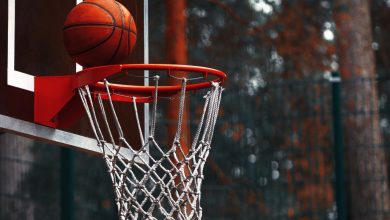The 10 Key Moves To Use When You Practice Your Wedge Shots

Wedge shots can be either played with a driver or a sand wedge, depending on what “yardage” and how much energy you want your ball to have.
In this article, we will cover the major moves you should use when you practice your wedge shots:
1. Finesse Wedge Sequence Drills
The finesse wedge sequence drills differ from the conventional driver-wedge shot in that you are allowed to hit the ball with a soft touch and still get a “floppy” bounce.
2. Driving Wedge Sequence Drills
The driving wedge shot requires the most amount of strength in the entire game of golf. Therefore, you should only use this club if you are over 6 feet tall!
The long swing emphasizes control, and by using a backswing speed where your weight transfers to your front foot (downswing) at the beginning of the downswing, you can achieve great distance with this club.
3. Sand Wedge Sequence Drills

The sand wedge is just like the driving wedge, but the main difference is that there is more “loft” to get more bounce. To maximize your distance, swing it with a lower backswing speed and keep it compact.
4. Lob Wedge Sequence Drills
The lob wedge is a hybrid of the other three wedges used mainly by professionals. It has the power to get great distance, but if you use too much power, you can destroy your swing tempo by causing your weight transfer to be too early in the downswing.
5. Putting Wedge Sequence Drills
The putting wedge has many uses, but the most important is to carry the “flip” of the ball and push it out with a slight touch so it will roll and stop in an easy roll instead of going too deep into the green. It would help if you always used this club when you have a wide-open stance or have already settled down onto your approach shot.
6. Green Speed Wedge Drill
One of the essential wedges is getting confidence in the greens. A great way to do this is to take a short putt and practice it repeatedly.
By taking a short putt at every garden, you will learn that “your” ball stops on the green, and when you miss this simple task of learning the style of a stop on your putt, it sets your mind into a “scared mode.”
7. The Secret of Driving Force
The power of a driver is created by “energy” and momentum. If you try to rotate the clubhead too fast, you will hit weak-to-mediocre shots. It would help if you always thought about the speed of your swing and its timing. But if you overswing or pull your head or body out of the path of energy, it will cause you to hit “away” from the target.
8. The Secret of Wedge Distance
The true secret to using longer drives lies in how much energy and control wedges have compared to other types of shots used on each hole at which it is played. You should always visualize the location of the “swing” and envision that you are punching your flight through the air as much as possible. It will give you more power in your shot.
9. The Secret of Wedge Angle
The angle of the wedge shot dramatically affects how much “energy” is produced by the club. You should either hit a wedge with a very steep slope or very flat, but you must never line up your “swing” so that you will be at an extreme loft or fade. It would help if you always tried to get your ball on the same plane of elevation as your target and keep it there.
10. The Secret of Sand Wedge Face Training
The sand wedge face is the biggest secret to the speed of a wedge shot. By either “closing” your face or “opening” it, you will get different speeds on your shots depending on your desired height. As far as the sand wedge goes, there is no absolute height it can go to to get maximum distance from a given club.
The Bottom Line
A wedge shot is when the ball is hit with “energy” so that it will bounce off the ground and back into the air. This type of shot aims to get as much spin as possible on the ball to control its elevation and distance.
The best way to practice for a wedge shot is to “drill” the three main parts of the swing: the loosening of the wrist, the start of body movement and finishing, face angle, and club head position. But remember that you should always visualize a specific spot where you want your ball to land.



